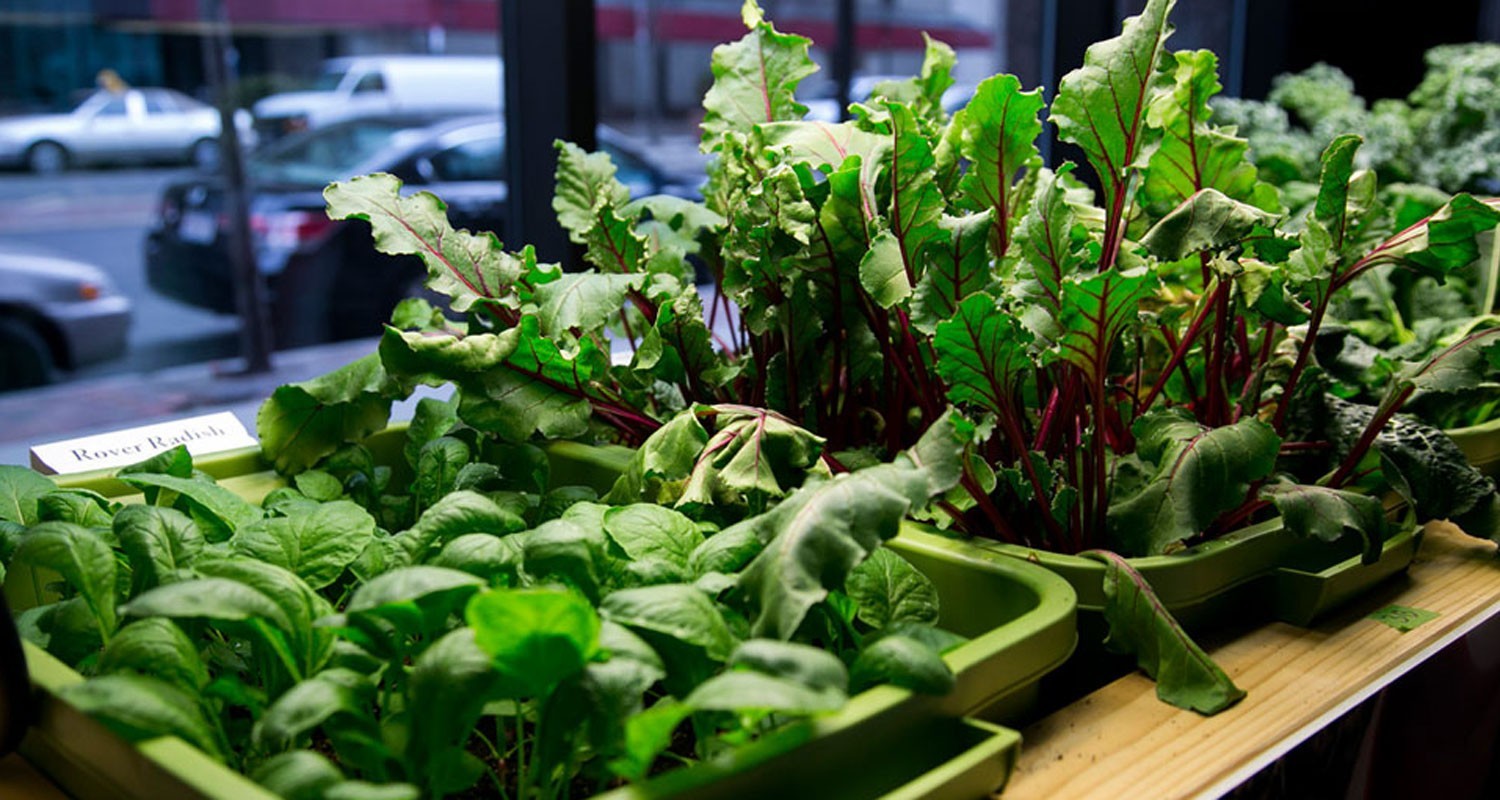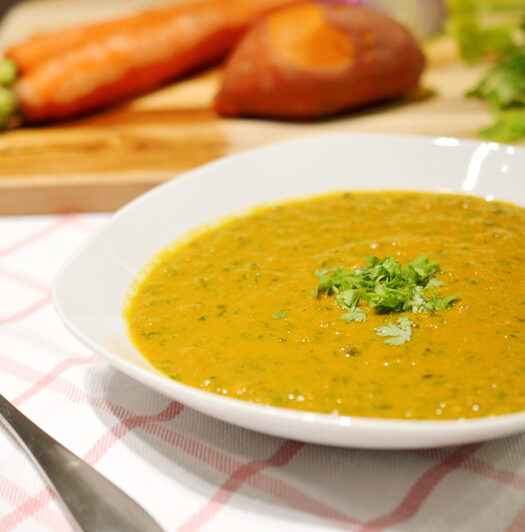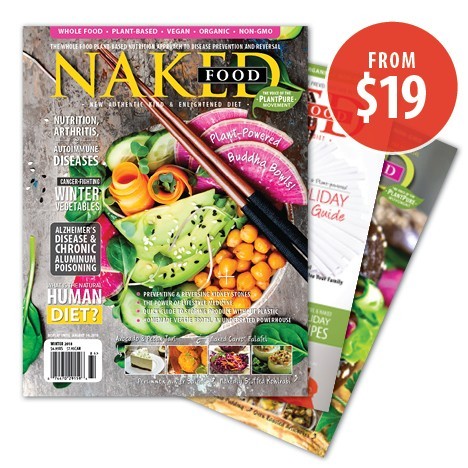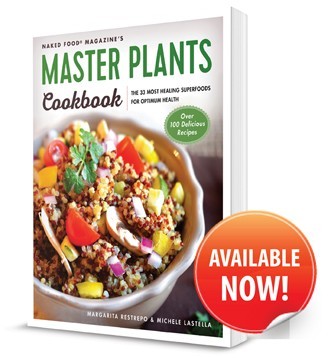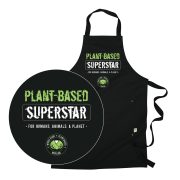While some vegetables will certainly do just fine in the colder months, there are certain plants that simply won’t survive between the first and last frosts. A great alternative is growing some of your favorite vegetables indoors during the winter months.
You can still grow your fresh, organic, and hand-picked vegetables on a shelf in your kitchen, in a garden shed, or even in your basement if you have the right tools and equipment.
What You’ll Need:
- High-quality potting soil (organic)
- Containers (these could be planters and pots, or even empty cans and jars)
- Vegetable and herb seeds (organic, non-GMO)
- Twine (if growing beans)
- A sunny spot
If you have a south-facing window or windowsill, chances are that you’ll get a significant amount of light over the course of the day. The area near that window will also be the warmest spot in your home, so that makes it the best place to grow your plants.
What To Grow?
1. Lettuce
Lettuce is incredibly easy to grow. It is also very resistant to cold and you can grow an assortment of lettuces in a simple window box that you place on a sill, or on a table close to a sunny window. Find a packet of mixed organic lettuce seeds, fill that planter with organic soil, and sow the seeds according to the packet’s instructions. You should see sprouts within a week, and within a month, you’ll have lovely lettuce leaves to nibble on.
2. Kale and Cabbage
Like lettuce, brassicas are notoriously easy to grow and do well all through the winter months. If you live in a place where the weather doesn’t dip far below freezing, you can likely grow these outside all winter long, provided that you have a cloche or cold frame over them. To grow them inside, follow the same instructions as with the lettuces, only sow the seeds a bit further apart, as these plants need more room to grow than lettuces do.
3. Arugula
Sharp and spicy, this leafy green is a wonderful treat any time of year and is as great on wraps as it is in soups and salads. Sow it generously in a window box or planter, but don’t water it too much. It’s easy to drown arugula roots. As soon as the leaves are a few inches tall, clip them down near the root. The leaves tend to get bitter when they get larger, and if you just cut them back, they will most likely re-grow.
4. Tomatoes and Peppers
You can grow these a couple of different ways: in a windowsill planter or in an upside-down glass bottle planter. (We try to stay away from the plastic bottles to avoid toxic chemicals from leaching into the soil.) This method allows the plant to channel all of its energy into growing fruit, rather than pushing itself upright. Considering that winter sunlight isn’t anywhere near as strong or warm as it is in the summertime, this is really the best option.
5. Beans
Beans are one of the easiest plants in the world to grow. They can also be quite pretty as houseplants. One of the ways to grow beans is to stretch twine over a canvas frame and secure that to a window. Keep in mind that as the beans grow they’ll obscure a bit of the view, but enough light still gets through to illuminate the indoors, and seeing all of that greenery in the dead of winter is quite nice. If you don’t want to go the twine route, you can just stick long bamboo poles into the pot of soil, and lean those against a wall.
6. Culinary Herbs
With the exception of dill, which needs a lot of sun and heat and is very temperamental, you should be able to grow just about any cooking herb you can imagine. Woody herbs like rosemary, thyme, and oregano do very well in window boxes, as will cilantro, basil, and chives.
7. Edible Flowers
It’s unlikely that you’d be able to grow nasturtiums or hibiscus during the winter months, but you can absolutely grow lavender, violets, calendula, and even sunflowers.
8. Sprouts
Undoubtedly the easiest foods to cultivate indoors, sprouts can be grown on your kitchen counter and be ready to eat within a couple of days. With the help of a vegetable sprouter, you will be able to have chia, flax, bean, wheatgrass or any of your favorite sprouts for smoothies, raw recipes and everything in between.


